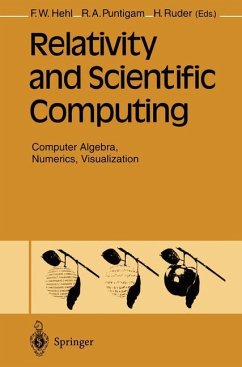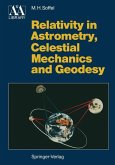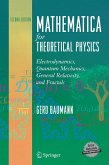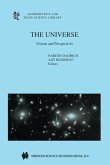For this set of lectures we assumed that the reader has a reasonable back ground in physics and some knowledge of general relativity, the modern theory of gravity in macrophysics, and cosmology. Computer methods are present ed by leading experts in the three main domains: in numerics, in computer algebra, and in visualization. The idea was that each of these subdisciplines is introduced by an extended set of main lectures and that each is conceived as being of comparable 'importance. Therefpre we believe that the book represents a good introduction into scientific I computing for any student who wants to specialize in relativity, gravitation, and/or astrophysics. We took great care to select lecturers who teach in a comprehensible way and who are, at the same time, at the research front of their respective field. In numerics we had the privilege of having a lecturer from the National Center for Supercomputing Applications (NCSA, Champaign, IL, USA) and some from other leading institutions of the world; visualization was taught by a visualization expert from Boeing; and in com puter algebra we took recourse to practitioners of different computer algebra systems as applied to classical general relativity up to quantum gravity and differential geometry.
Hinweis: Dieser Artikel kann nur an eine deutsche Lieferadresse ausgeliefert werden.
Hinweis: Dieser Artikel kann nur an eine deutsche Lieferadresse ausgeliefert werden.








